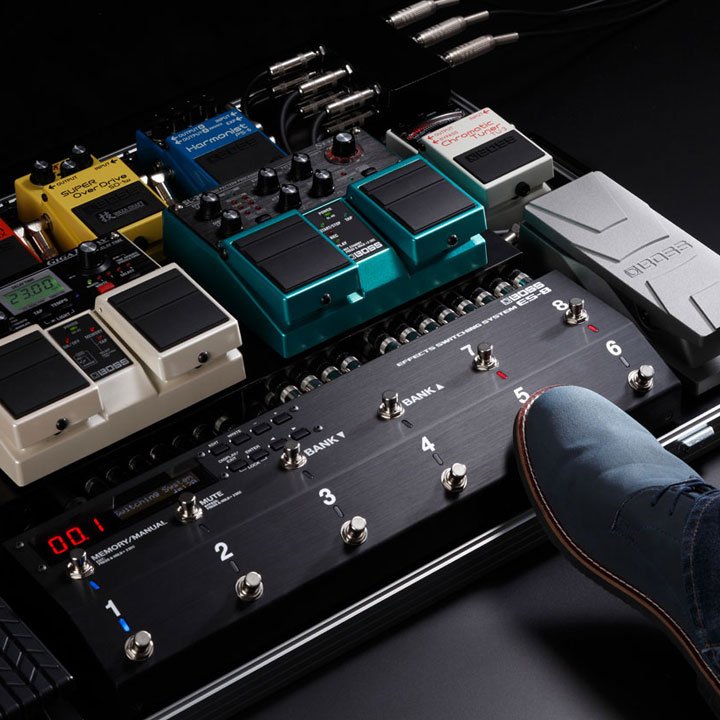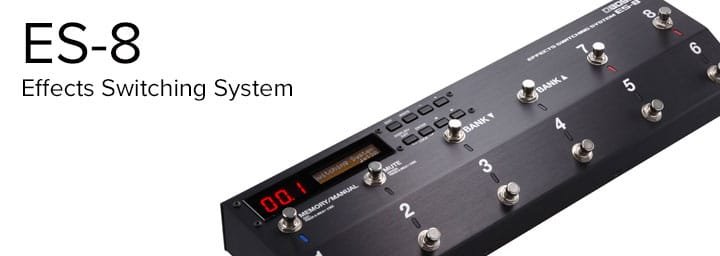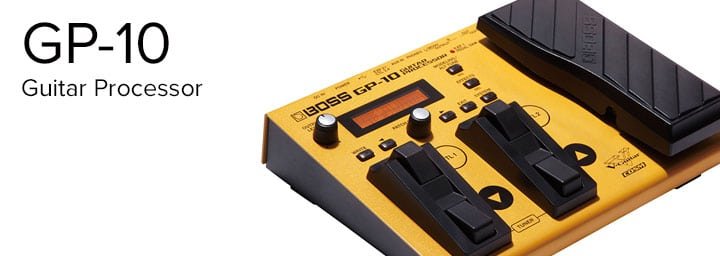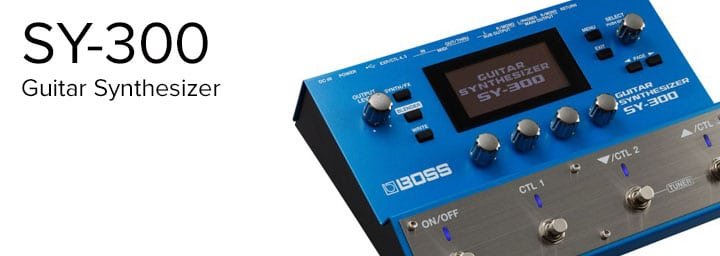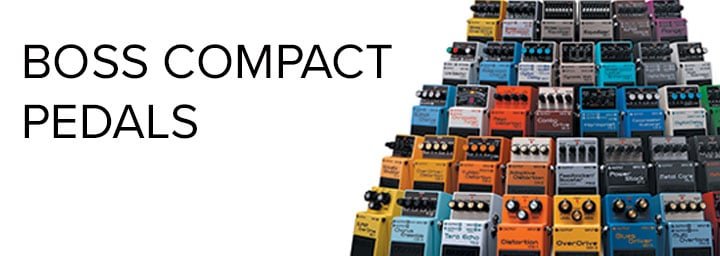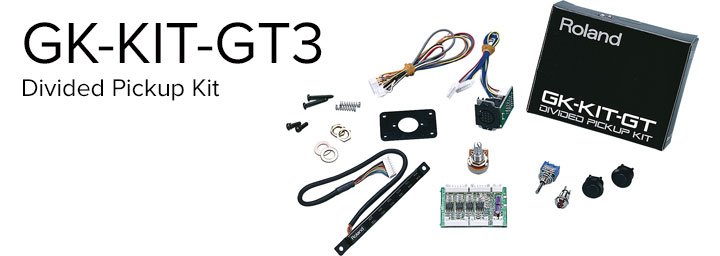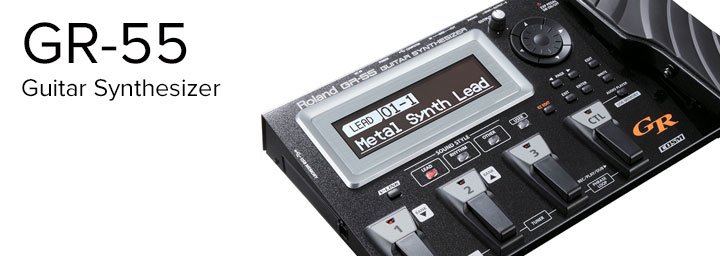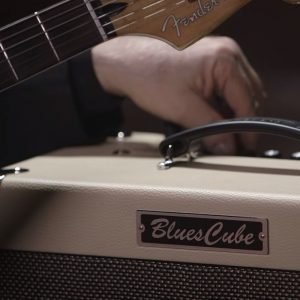As guitar players, our options for sonic possibilities are near infinite. Technology has reached a point where pedals, synthesis, amplification and effects can all work together to create sounds that were unimaginable until recently.
The recent and dramatic increase in the amount of effect pedals and guitar processing equipment is tremendously exciting. Customised pedal boards allow players a varied scope and diversity of sounds. Pedal boards are also exciting for the potential they offer, musically and creatively.
Whether it’s sticking with a classic stompbox/amp setup, integrating multi effects and guitar synths like the BOSS SY-300/GR/GK series, exploring MIDI or a combination of all of these elements, there’s certainly no shortage of possibilities for unique and brilliant sounds.
However, it can be daunting to choose from such a tremendously vast palette. Maybe a little too vast!
Sure, you can do practically anything on the guitar that you can think of now. But it might take several devices, steps and gear changes to get the sounds we want. In a live situation or being on the clock in the studio or rehearsal space, this can be an issue.
Turning our pedals and effect devices on or off, changing amp channels, altering parameters, switching patches…it’s a lot to think about when you still have a guitar to play!
This is where effects switchers help. Tap-dancing in a spider’s web of cables and boxes isn’t ideal when it comes to playing a guitar. An effects switcher is a control device that allows a guitar’s signal flow to experience different pedal and effect combinations. Using footswitches, the guitarist selects these combinations and ultimately, what devices process the guitar signal.
Contributed by Byron Struck for the Roland Australia Blog
ANY SOUND, ANY TIME
Suppose we want a clean, chorused sound with phased delay for one part of a song. Then, we need to go into an overdriven distortion sound with heavily flanged pitch shifting in another part of the song.
The first sound would need a clean amp channel, a chorus pedal, a phaser pedal and a delay pedal. The second sound needs an overdrive pedal, distortion pedal (and/or an amp channel change), a flanger pedal and a pitch shifter pedal.
Creating these sounds and toggling between them would require stepping on four, five or even more different devices. With an effects switcher, it’s possible to have all those pedals and changes activated simultaneously, with the push of one switch.
Effects switchers work by grouping pedals into loops. The player decides which combination of pedals are required for which sounds and stores those combinations as loops. Then, when a certain sound is required, a simple tap on a footswitch activates that particular loop and the effects that are in it.
This is where effects switchers differ from multi effects devices. Certain pedals or pieces of gear provide very unique and specific sounds. In some instances, they can take a long time to acquire. Plus, in addition to investing in them, they become part of a player’s signature sound.
Some players are completely satisfied with their pedal setup. They know exactly what their pedals do and what they use those pedals for.
For players with large pedalboards, it might be necessary to have a wide range of tones on tap for a live gig, jam or a recording session.
Other players like to swap different pedals and effects in and out of their rig on a regular basis for experimenting with new tones. Catering to any player’s unique setup and designed to work for use with individual devices, it helps to think of a switching system as a customisable multi effects unit.
Needless to say, the options for using multiple pedals connected to an effects switcher are plentiful. Players using switching systems often find new ways to use pedals considered a “one trick pony” that they’ve had for years, in ways previously not thought of.
Although, as we discussed earlier, there are almost too many choices for guitar players now! As such, being able consolidate a selection of tones in one central location is another great reason to consider an effects switcher. In many instances, it also means no more tapdancing on multiple pedals!
Whatever gear you use, if you own a big or a modest collection of pedals, want more sounds, greater control of your whole rig or to maximise what you already have, bringing an effects switcher into your setup can achieve great results.
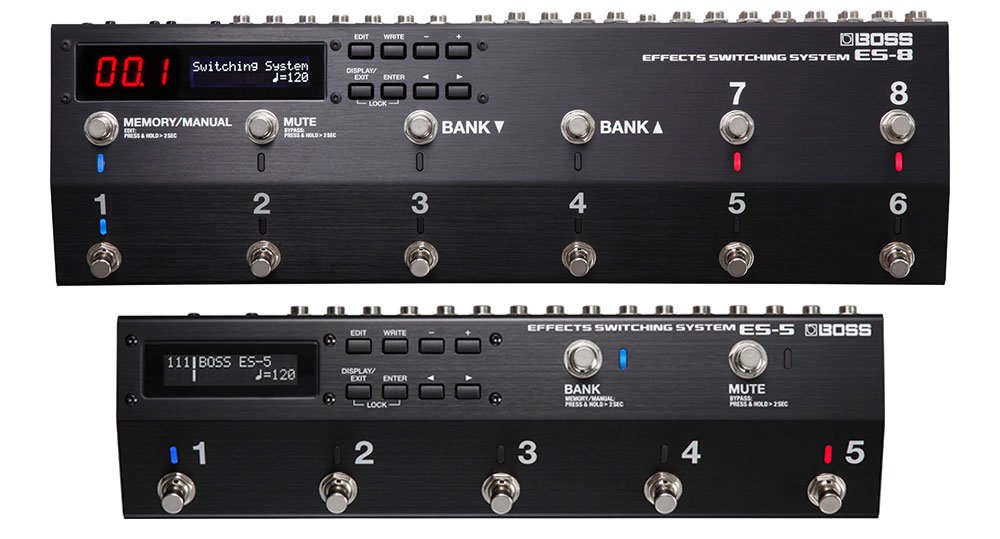
Devices like the BOSS ES-5 or ES-8 are effects switching systems that when implemented, become the “brain” of a guitar rig. This allows guitarists to focus on their most important task – playing their instrument!
While providing standard switching tasks by turning effects loops on or off, the ES series have a plethora of other features, making them much more than an average ON/OFF pedal switcher. One such feature is the ability to reconfigure the order of pedals in the signal chain.
COMBINATION STYLE
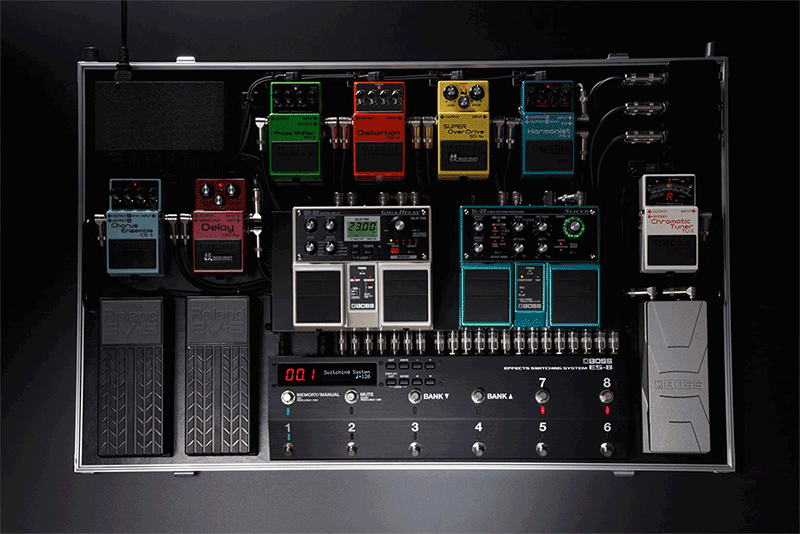
Different combinations of pedals can obviously yield different results. Generally speaking, (and in no specific order), tuner, wah, pitch, compressor, overdrive, distortion and EQ pedals go first in the guitar signal chain.
Effects like chorus, phase, flange, reverb and delay tend to sound and work best towards the end of the signal chain. This is because they affect the guitar signal after the tone shaping and gain pedals do and the guitar sound doesn’t become muddied.
More info on pedal order here.
While considering the above tried and true method as the most useful way to order your pedals, there are of course no absolutes. Perhaps you’d like to distort your reverb sound, phase your pitch shifter or flange your overdrive.
With a standard effect switcher, this wouldn’t be possible unless the pedals have been set up in this specific way. However, the setup would be a problem if you wanted to change back to more traditional pedal routing, as the pedals are only in one configuration.
With BOSS’ ES series, pedal order isn’t an issue. The ability to route and store pedal combinations in any configuration you choose allows for a huge range of sonic options, never before possible with conventional effects switchers.
So, regardless of how the pedals connect to the ES device, you can place them wherever you want in one saved loop and then completely reorder them in the next saved loop!
There’s also the added advantage of specific pedals being removed, or bypassed, from the effect chain. Doing this keeps the signal path short and simple, so the guitar tone remains at its best possible quality.
Hundreds of user-customisable preset patches allow storing as many combinations in any order you like, so you’re never stuck in one setup for too long. New possibilities create new sounds, so experimenting a bit should give you some very useful results.
LET’S SPLIT!
Splitting a signal into two is often a useful way to create diverse or complex sounds from one source. For instance, an A/B box like the BOSS AB-2 allows a guitarist to play through two different amplifiers. This means two different amplifier tones come from one guitar, allowing for a much broader guitar sound.
Usually when we plug into multiple effects pedals, they connect in a SERIES circuit, i.e. one after the other.

The signal from the guitar enters pedal 1. Pedal 1 adds it’s effect and send the effected signal to Pedal 2. Pedal 2 adds its effect and sends the Pedal 1 AND Pedal 2 effected signal to Pedal 3…..and so on down the chain. It’s essentially only one road for the guitar signal to travel down.
Sometimes though, you might want to send your guitar signal to two pedals simultaneously. As opposed to the series circuit outlined above, we need to split our guitar signal into two versions for this to happen.
Both pedals will affect the guitar signal. But, because the guitar signal has split into two versions, both signals enter the pedals at the same time dry.
That is, Signal A enters Pedal A, Signal B enters Pedal B and neither signals have a prior affection of either pedal. Signals A and B then merge together to make a signal now independently processed by Pedals A and B.
This is obviously very different to a series circuit. Splitting allows the guitar signal to have independent processing by the two pedals, before the two versions of the one guitar signal recombine back into one signal, now effected by both pedals and revert back to a series circuit to continue down the chain.

This is a PARALLEL connection. It works by splitting the guitar signal into two identical copies (at the split point), processing the 2 signals independently and using an internal MIXER to recombine the now effected signals at the MERGE point.

Using parallel connections with effects devices can offer stunning results. Say you have two different delay sounds – one a short, classic rockabilly slapback and the other a long, epic, hall sound.
If the two delay effects act on two versions of the same guitar signal, the two delay signals will merge into a very different sound compared to what you would get running the signal into the two delays in series.
You can of course also run previously effected signals into a parallel connection which expands our sound options even further. For instance, a pitch shifted signal into a phase/fuzz parallel circuit could offer more definition and clarity than if we ran it in series.
Using an ES-5 or ES-8 will offer you series and parallel connection options so you can configure your signal in a variety of ways.
CONNECT FOR CONTROL
Along with an increase in pedals, one prominent feature that more guitar based effects are now utilising is MIDI.
Pioneered by Roland over 30 years ago, MIDI (Musical Instrument Digital Interface), is essentially a way for electronic music devices to “talk” to each other, regardless of brand or model.
The 1980’s saw an increase in MIDI equipped rack mounted gear, which began to appear in some guitarist’s rigs. MIDI is on many guitar effects processors, pedals and other pieces of equipment, however it often finds its use regulated to the realm of synthesizer players and electronic musicians.
More than ever before though, guitar players have begun to explore the possibilities of MIDI and how it can be used in their setup.
By using MIDI, you are able to control multiple devices at once. You can also create instant changes that would normally be very time consuming to do manually. It is possible with MIDI to trigger samples, change effects patches and even control stage lighting, all from the push of one button!
A MIDI equipped effects switcher like the ES series can control program changes on a MIDI equipped pedal like the BOSS DD-500 Digital Delay. This could essentially allow you to assign a different delay sound from the DD-500 to any loop, without having to touch the DD-500 while playing. The ES-5 or ES-8 can also change parameters within the pedal like tap tempo, allowing for huge potential in sound options.
As you can see, an effects switcher is an excellent way to help you consolidate your guitar sounds into one central location. No matter what your gear is, a switcher will free you up in terms of time, space and stress and reduce your distractions.
Your focus should be on playing your guitar with a few specific changes on your floorboard, not tap dancing! We hope we’ve given you some ideas on switching systems, why they can benefit you and how you can achieve some noticeable results very quickly!
Related Articles
GUITAR FX-101: YOUR GUIDE TO GUITAR EFFECTS PEDALS
HOW TO CHAIN YOUR GUITAR EFFECTS PEDALS – PART 1
HOW TO CHAIN YOUR GUITAR EFFECTS PEDALS – PART 2

